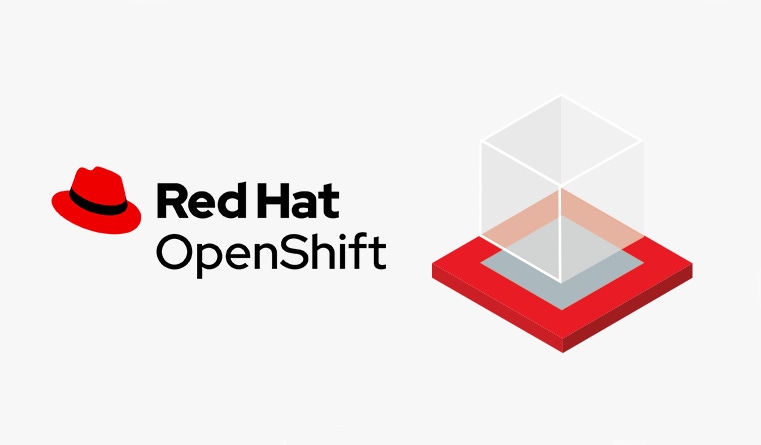Red Hat Opens the Door for Windows Containers in OpenShiftRed Hat Opens the Door for Windows Containers in OpenShift
Early next year, Red Hat OpenShift users will be able to deploy Windows containers alongside Linux containers.
December 22, 2020

Starting in early 2021, Windows containers will be supported on Red Hat OpenShift. This will make things easier for companies using Linux and Windows in a multi-cloud infrastructure, as it means that Windows servers won't be forced into their own separate silos that require separate management. Windows containers will be able to be fired up on Windows servers and managed by the same OpenShift Kubernetes that's orchestrating the rest of the system.
This new support for Windows containers on OpenShift will give IT teams the ability to manage both Linux and Windows-based containerized workloads side-by-side through the same dashboard and eliminate the need for parallel software stacks for Windows instances in hybrid clouds dominated by Linux servers – important in a world where containerized workloads have become the rule rather than the exception.
In this year's Cloud Native Computing Foundation's Cloud Native Survey, 92% of the respondents indicate they use containers in production, a percentage that’s quadrupled in just four years. In CNCF's first survey in 2016, only 23% of the respondents were using containers in production.
"Red Hat OpenShift already provides enterprises with a powerful foundation to connect workloads across the hybrid cloud and with each new feature or capability we aim to further that mission," said Ashesh Badani, Red Hat's SVP of cloud platforms. "With Red Hat OpenShift support for Windows containers, organizations no longer need to manage separate IT stacks for their Linux and Windows containers – helping to break down silos and make it easier for enterprises to pursue their cloud-native agenda."
Being able to unify Windows and Linux containers within a singular Kubernetes infrastructure is important to Red Hat, which has long held that being "unopinionated," or vendor neutral, is key to successful hybrid multi-cloud deployments. It's also a win for Microsoft, which is betting that potential customers will be less reluctant to consider deploying Windows servers now that the OS can be easily incorporated into a hybrid cloud native infrastructure.
To enable support for Windows containers, Red Hat OpenShift will use the Windows Machine Config Operator, a certified OpenShift operator based on the Kubernetes Operator Framework. The framework is jointly supported by both Red Hat and Microsoft. After accessing WMCO through the Operator Hub, users will be able to manage Windows containers through the OpenShift console.
According to Red Hat, the ability to move Windows containers to Red Hat OpenShift without needing to re-architect or write new code will bring several benefits to users, including lower deployment costs, improved productivity, DevOps agility (since all management will be through a single platform), and greater portability and survivability of applications across hybrid cloud environments.
With the added capability, OpenShift will support .NET Core applications, .NET Framework applications and other Windows applications. Initially, running Windows containers on OpenShift will be supported on bare-metal servers, Microsoft Azure, Amazon Web Services, Google Cloud Platform and IBM Cloud, with support for VMware vSphere in the works.
"Our collaboration with Red Hat continues to evolve as we work to meet customer needs centered around business modernization and hybrid cloud adoption," said John Gossman, a Microsoft distinguished engineer. "We already work closely together on Azure Red Hat OpenShift, a jointly-managed and supported Kubernetes service on Microsoft Azure.
"[The new project] further cements our commitment to support customers by addressing dynamically changing IT demands, bringing Windows and Linux containers to a single, streamlined platform for the hybrid cloud in Red Hat OpenShift for Windows containers."
About the Author
You May Also Like








.jpg?width=700&auto=webp&quality=80&disable=upscale)
